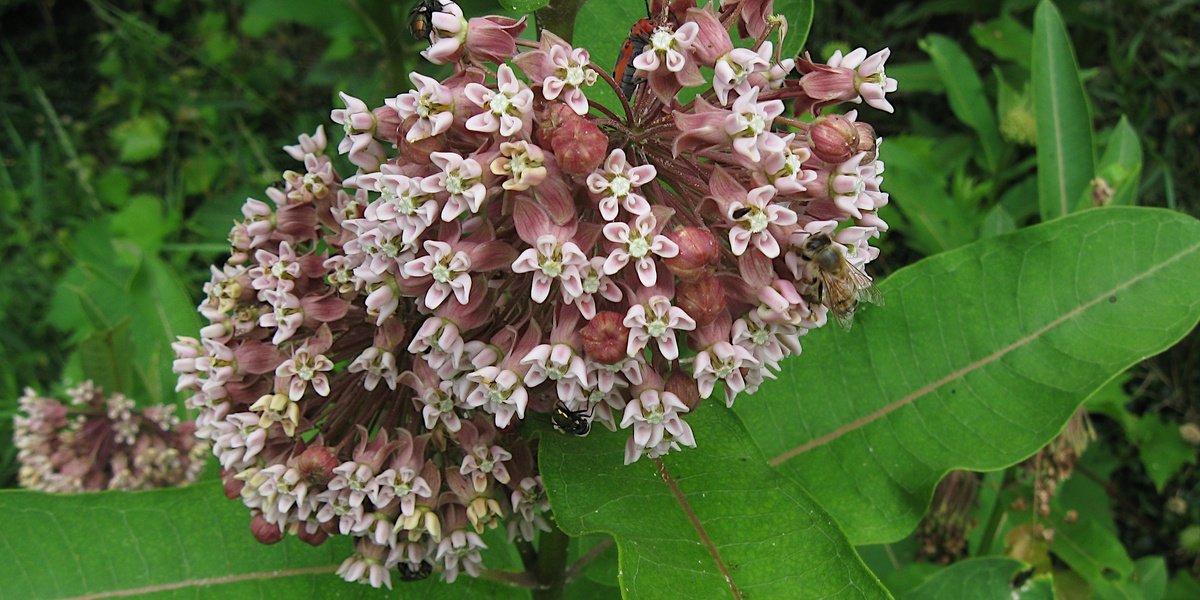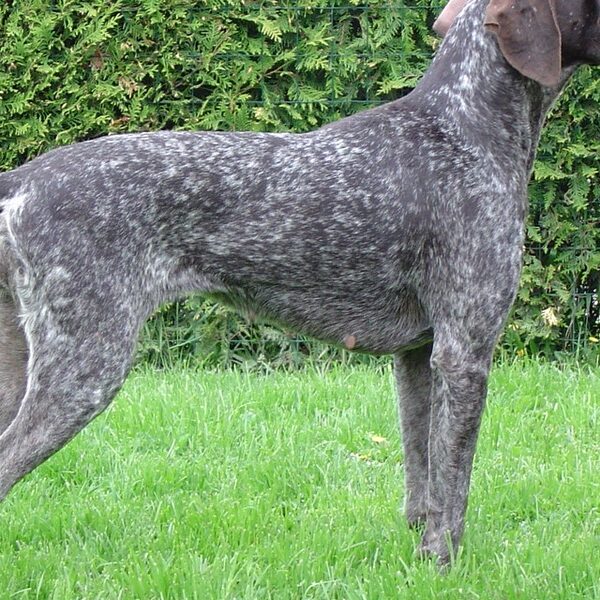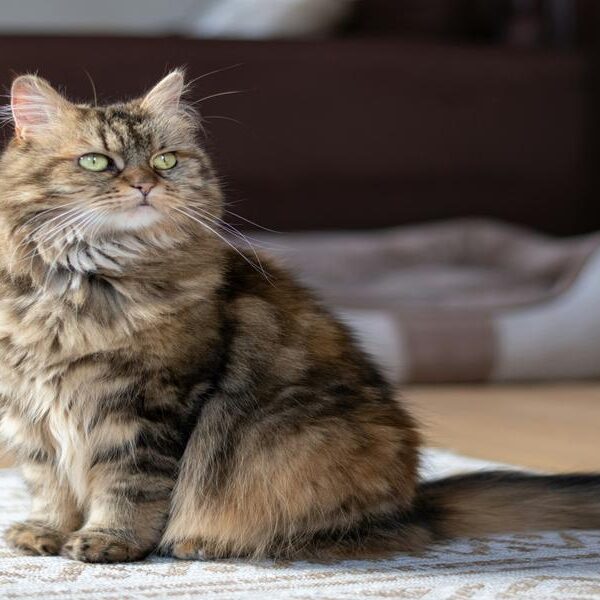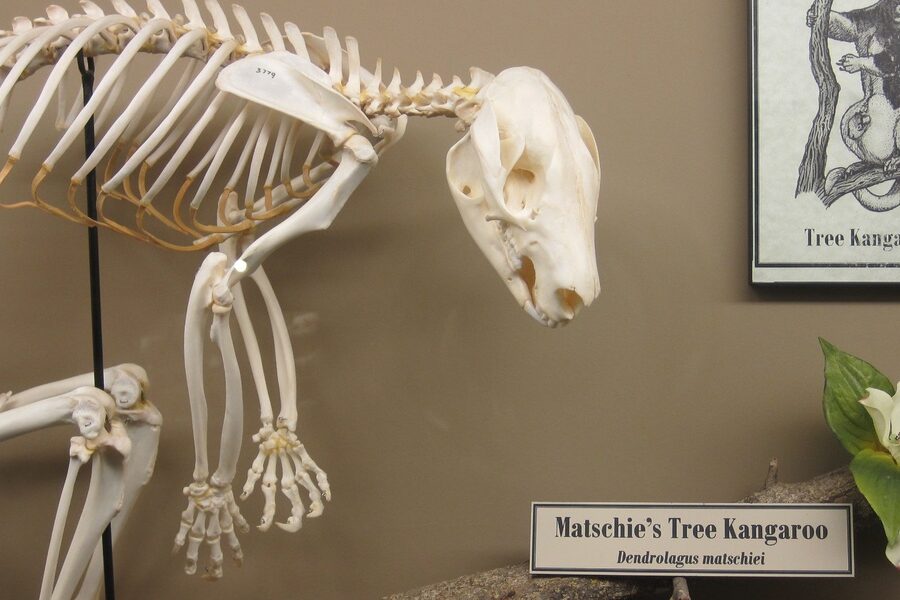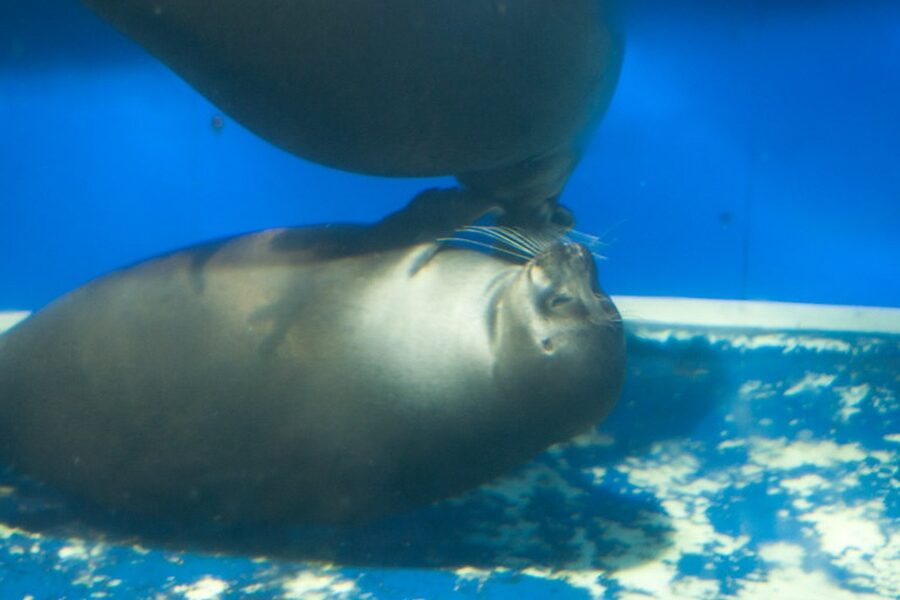Pollinating insects are essential to the health of ecosystems and agriculture, with a total of 29 species featured in this complete list. These insects range from tiny midges just a few millimeters long to large butterflies and moths with wingspans over 100 millimeters. They come from diverse groups such as bees, butterflies, moths, flies, and beetles, each playing a unique role in transferring pollen to help plants reproduce. Scientific names, sizes, and the primary plants they pollinate are included to provide detailed information about their characteristics and ecological importance.
Explore the list below to discover key pollinators like the Alkali Bee at the start, known for alfalfa pollination, all the way to the Yucca Moth, which has a fascinating mutual relationship with yucca plants.
What Are the Main Types of Pollinating Insects and Their Roles?
Pollinating insects include several major groups: bees, butterflies, moths, flies, and beetles. Bees such as honey bees, bumblebees, and mason bees are among the most efficient pollinators, visiting many types of flowers and crops. Butterflies and moths use their long tongues to sip nectar and carry pollen, often specializing in different plant species. Flies like hoverflies and bee flies mimic bees and help pollinate wildflowers, especially in cooler climates. Beetles, including soldier beetles and longhorn beetles, may look less delicate but play vital roles, especially for ancient or large flowers. Each group adapts its pollination method to the flowers they visit, making them all critical for plant reproduction and biodiversity.
How Do Pollinating Insects Benefit Gardens and Ecosystems?
Pollinating insects boost the growth of fruits, vegetables, and wild plants by transferring pollen from flower to flower. This natural process helps plants produce seeds and fruits, which supports food webs and maintains healthy ecosystems. Gardeners rely on many of these insects for better crop yields, while nature enthusiasts appreciate their role in supporting wildflower diversity. Some insects specialize in certain plants, like squash bees for pumpkins and midges for cocoa trees, ensuring specific crops thrive. Understanding the different pollinating insects, their habits, and the plants they favor helps gardeners and conservationists protect them and maintain a balanced environment.
Pollinating Insects
| Common Name | Scientific Name | Size (mm) | Primary Plants Pollinated |
|---|---|---|---|
| Honey Bee | Apis mellifera | 10-15 | Almonds, apples, berries, alfalfa, wide range of wildflowers and crops |
| Bumblebee | Bombus spp. | 10-25 | Tomatoes, blueberries, cranberries, clovers, many wildflowers |
| Leafcutter Bee | Megachile spp. | 8-15 | Alfalfa, sunflowers, legumes, various garden flowers |
| Mason Bee | Osmia spp. | 7-15 | Apples, cherries, blueberries, almonds, other fruit trees |
| Sweat Bee | Halictus spp. | 4-10 | Asters, daisies, sunflowers, various garden flowers |
| Carpenter Bee | Xylocopa spp. | 15-25 | Passion flowers, woody plants, large-blossomed garden flowers |
| Digger Bee | Anthophora spp. | 10-18 | Sunflowers, poppies, lupines, various wildflowers |
| Squash Bee | Peponapis pruinosa | 12-15 | Squash, pumpkins, gourds, cucumbers |
| Miner Bee | Andrena spp. | 5-15 | Willows, maples, fruit trees, early spring wildflowers |
| Alkali Bee | Nomia melanderi | 10-12 | Alfalfa |
| Orchid Bee | Euglossa spp. | 8-25 | Orchids, Anthuriums, other tropical flowers |
| Fig Wasp | Blastophaga psenes | 1-3 | Common Fig (Ficus carica) |
| Monarch Butterfly | Danaus plexippus | 90-100 (wingspan) | Milkweeds, various garden flowers like Zinnia and Butterfly Bush |
| Swallowtail Butterfly | Papilio spp. | 80-150 (wingspan) | Lilacs, thistles, phlox, coneflowers |
| Painted Lady Butterfly | Vanessa cardui | 50-70 (wingspan) | Thistles, asters, mallows, sunflowers |
| Cabbage White Butterfly | Pieris rapae | 40-50 (wingspan) | Brassicas (cabbage, broccoli), mustards, various wildflowers |
| Clouded Sulphur | Colias philodice | 35-50 (wingspan) | Clovers, alfalfa, legumes |
| Hawk Moth | Sphingidae spp. | 30-150 (wingspan) | Petunias, honeysuckle, moonflowers, orchids, trumpet vines |
| Yucca Moth | Tegeticula yuccasella | 20-30 (wingspan) | Yucca plants |
| Noctuid Moth | Noctuidae spp. | 20-50 (wingspan) | Many night-blooming flowers, various crops |
| Geometer Moth | Geometridae spp. | 15-50 (wingspan) | Various plants |
| Hoverfly | Syrphidae spp. | 5-20 | Daisies, umbellifers (carrots, dill), many wildflowers |
| Bee Fly | Bombyliidae spp. | 5-15 | Daisies, dandelions, wild mustard, many wildflowers |
| Midge (Cocoa Pollinator) | Forcipomyia spp. | 1-3 | Cocoa tree (Theobroma cacao) |
| Soldier Beetle | Cantharidae spp. | 5-15 | Goldenrod, daisies, milkweed, other composites |
| Longhorn Beetle | Cerambycidae spp. | 10-50 | Goldenrod, milkweed, dogwood, various large flowers |
| Bumble Flower Beetle | Euphoria inda | 12-18 | Corn, sunflowers, various garden flowers and ripe fruits |
| Chafer Beetle | Scarabaeidae (various) | 5-40 | Roses, lilies, magnolias, fruit blossoms |
| Flower Thrips | Frankliniella spp. | 1-2 | Strawberries, blueberries, peppers, various small flowers |
Images and Details
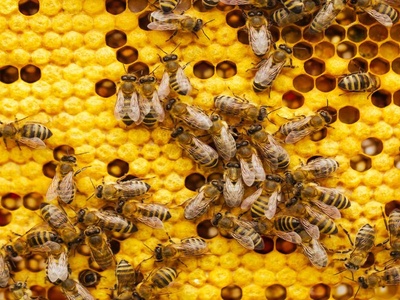
Honey Bee
The most famous social pollinator, known for producing honey and beeswax. Highly efficient generalist, crucial for agriculture worldwide.
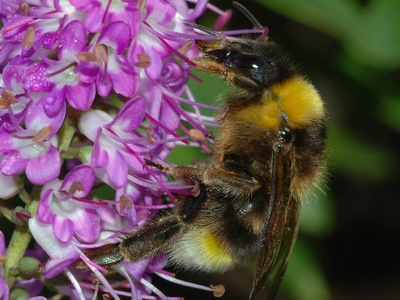
Bumblebee
Large, fuzzy bees adapted to cooler climates. Known for ‘buzz pollination’ (sonication) which is essential for certain crops.
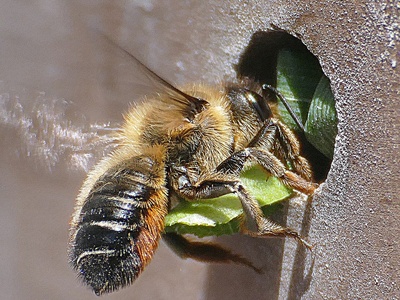
Leafcutter Bee
Solitary bees named for cutting circular pieces of leaves to construct their nests. Excellent pollinators, especially for alfalfa seed production.
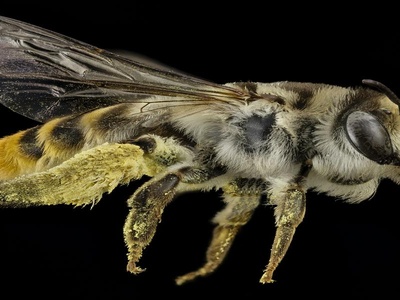
Mason Bee
Solitary, highly efficient early spring pollinators. They use mud to build nests in existing cavities, making them easy to host in bee hotels.
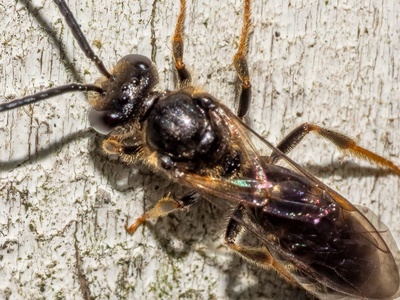
Sweat Bee
Often metallic green or bronze, these small bees are attracted to human perspiration. They are important pollinators of many wildflowers and some crops.
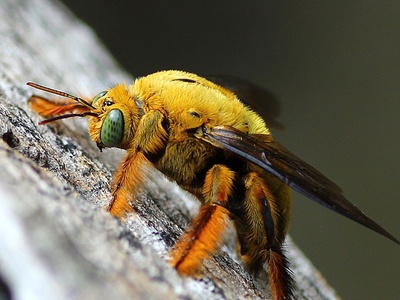
Carpenter Bee
Large, often mistaken for bumblebees, but with a smooth, shiny abdomen. They bore tunnels into wood for nesting. Important pollinators for certain large flowers.
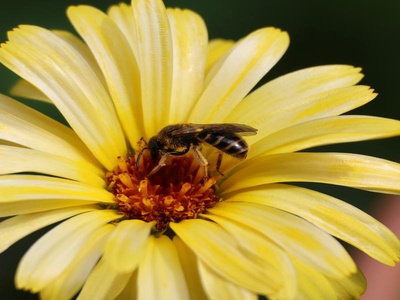
Digger Bee
Solitary bees that nest in burrows in the ground. They are fast-flying and important pollinators, especially for spring and summer wildflowers.
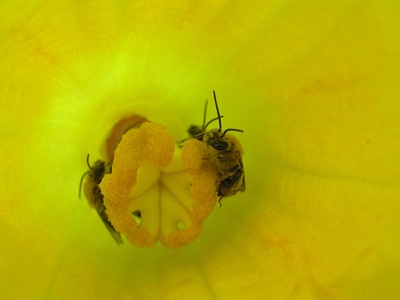
Squash Bee
A specialized native bee that exclusively pollinates plants in the squash family (Cucurbitaceae), often active early in the morning.
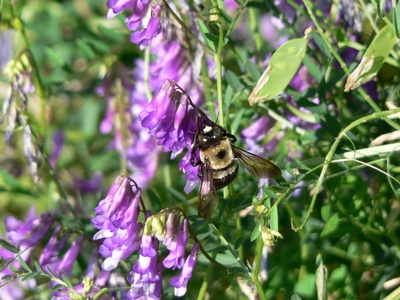
Miner Bee
A very diverse group of solitary bees that nest in the ground. They are among the first bees to emerge in spring, pollinating early blooms.
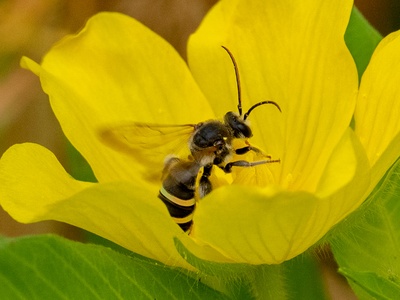
Alkali Bee
A vital native bee for alfalfa seed production in North America. They nest gregariously in moist, alkaline soils, forming large colonies of individual nests.
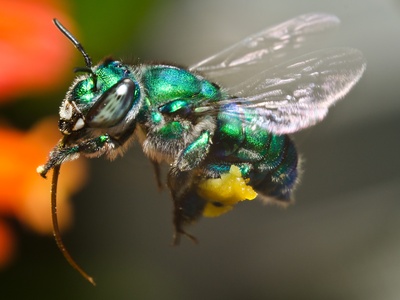
Orchid Bee
Often brilliantly metallic green, blue, or gold. Male orchid bees collect fragrant chemicals from flowers, especially orchids, to attract mates, transferring pollen in the process.
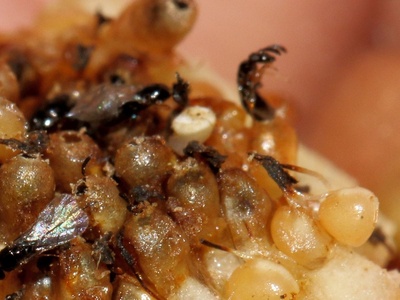
Fig Wasp
Tiny wasps with a remarkable mutualistic relationship with fig trees. Each fig species often has its own specific pollinator wasp that enters the fig to lay eggs and pollinate.

Monarch Butterfly
Iconic migratory butterflies known for their striking orange and black patterns. While primarily nectar feeders, they effectively transfer pollen between flowers.

Swallowtail Butterfly
Large, often colorful butterflies with distinctive “tails” on their hindwings. They visit a wide variety of flowers, using their long proboscis to access nectar.
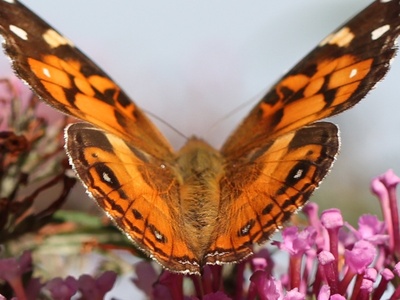
Painted Lady Butterfly
One of the most widespread butterflies globally, known for its long-distance migrations. A generalist pollinator visiting many types of flowers.
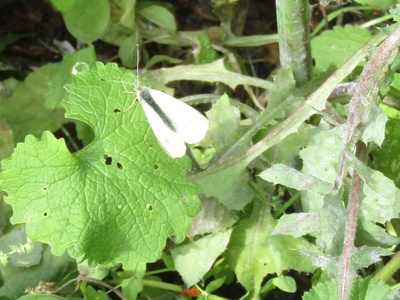
Cabbage White Butterfly
A common white butterfly often seen fluttering in gardens and fields. Though known as a pest to cruciferous vegetables, it also contributes to their pollination.
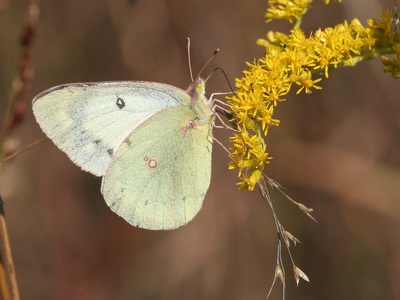
Clouded Sulphur
A very common yellow or orange butterfly found in open fields and meadows. Its larvae feed on legumes, and adults are important pollinators of these plants.
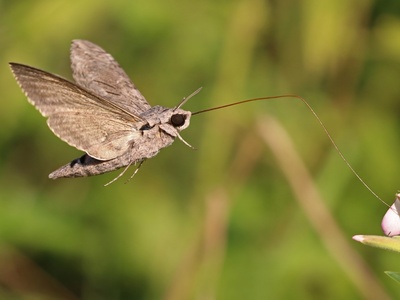
Hawk Moth
Large, robust moths known for their rapid flight and ability to hover like hummingbirds while feeding. Many are nocturnal pollinators with very long proboscises.

Yucca Moth
Has a unique, obligate mutualism with Yucca plants. The female moth actively collects pollen, forms it into a ball, and deposits it on the stigma of a new flower before laying her eggs inside the flower.
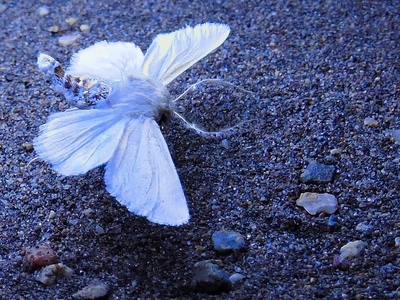
Noctuid Moth
An extremely diverse family of moths, many of which are generalist nocturnal pollinators. They are important for night-blooming plants that rely on crepuscular or nocturnal visitors.
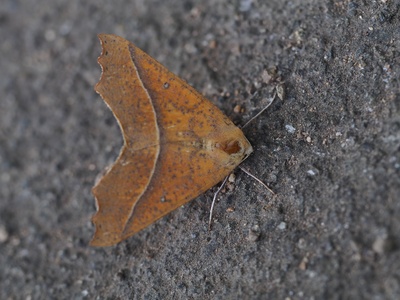
Geometer Moth
A large family of typically slender-bodied moths. While many are nocturnal, some are day-flying. Their larvae are “inchworms.” Adults are generalist flower visitors.
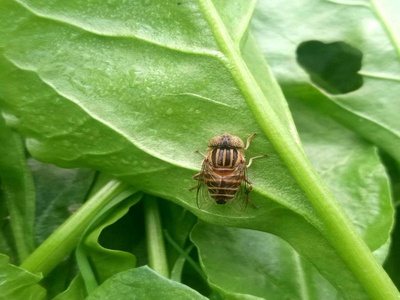
Hoverfly
Often mistaken for bees or wasps due to their mimicry. Larvae are predators of aphids, making them beneficial insects. Adults are important pollinators, especially in cooler climates.
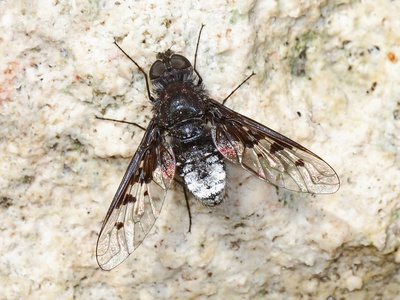
Bee Fly
Hairy flies that often hover near flowers like hummingbirds, using a long proboscis to drink nectar. They are effective pollinators, especially for certain wildflowers.
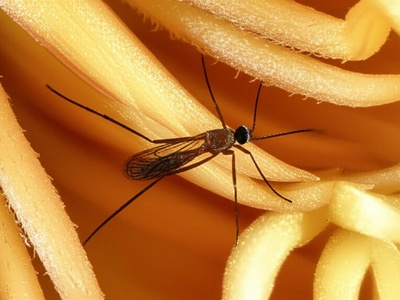
Midge (Cocoa Pollinator)
Tiny midges that are the primary and most important pollinators of the cocoa tree. Their small size allows them to enter the intricate cocoa flowers. Essential for chocolate production.
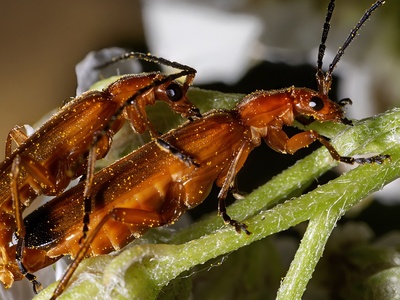
Soldier Beetle
Often seen on flowers in late summer, these beetles feed on pollen and nectar as adults. They are generalized pollinators, important for many herbaceous plants.
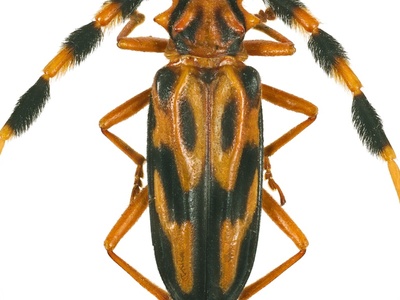
Longhorn Beetle
Many species of longhorn beetles visit flowers to feed on pollen or nectar. Their large size and hairy bodies can make them effective, albeit sometimes messy, pollinators.
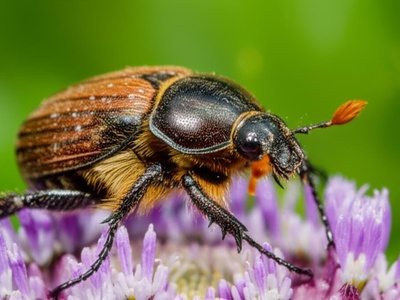
Bumble Flower Beetle
A large, hairy beetle that often resembles a bumblebee. They feed on pollen, nectar, and sap, contributing to pollination, especially in agricultural fields.
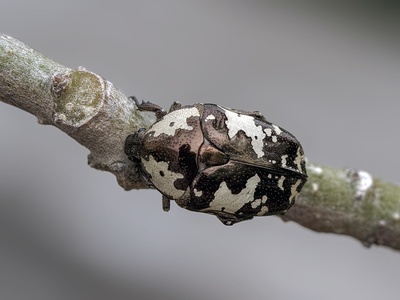
Chafer Beetle
A broad group including many species that feed on flowers, pollen, and even petals. They are “mess and soil” pollinators, important for ancient flowering plants.
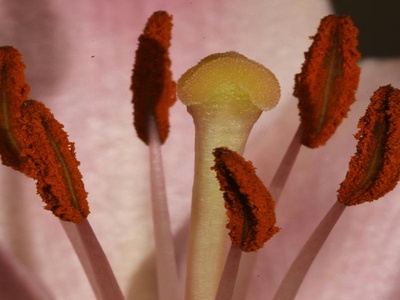
Flower Thrips
Minute insects that, despite their size, can be significant pollinators for certain crops, particularly those with small or hidden floral structures. They move pollen while feeding on nectar and pollen.
